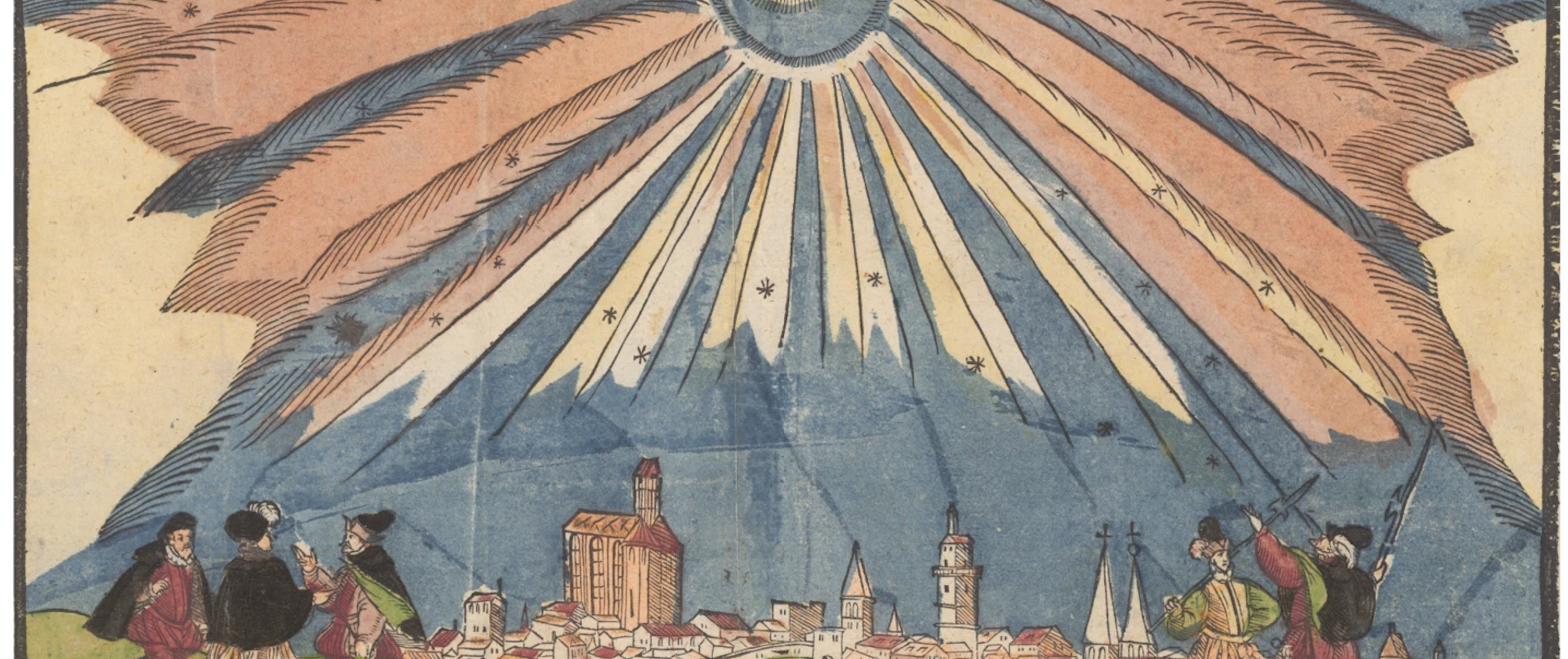Earliest Records of Solar Events
To find answers to these and other questions, the ISSI team around Fusa Miyake from Nagoya University in Japan and Ilya Usoskin from Oulu University in Finland went back, far back in time.
Using a combined approach with so far unused measured and archival data, the team studies extreme space weather events that would have catastrophic impact not only on our astronauts and their equipment, but also on our power and communications infrastructure here on the ground.
The examined historical records date back over three millennia! One significant finding is the earliest documented reports of candidate aurorae known today, with a Babylonian astronomer reporting a “red glow” in 567 BCE and possible auroral sightings in Assyrian cuneiform tablets from 679–655 BCE. Additionally, the Bamboo Annals, an ancient Chinese text, describe a celestial event involving a “five-coloured light” in the last year of King Zhāo of the Zhōu Dynasty.
These reports have been correlated with modern records and analysed to determine their likelihood as auroral events, providing insight into ancient space weather occurrences. This research not only extends our space weather chronology but also suggests the existence of a solar minimum around 810–720 BCE, termed the “Neo-Assyrian Grand Minimum“, challenging previous understandings of solar activity during that period.
Read more about this fascinating undertaking in Usoskin et al. (2023)
Usoskin, I., Miyake, F., Baroni, M. et al. Extreme Solar Events: Setting up a Paradigm. Space Sci Rev 219, 73 (2023). https://doi.org/10.1007/s11214-023-01018-1


